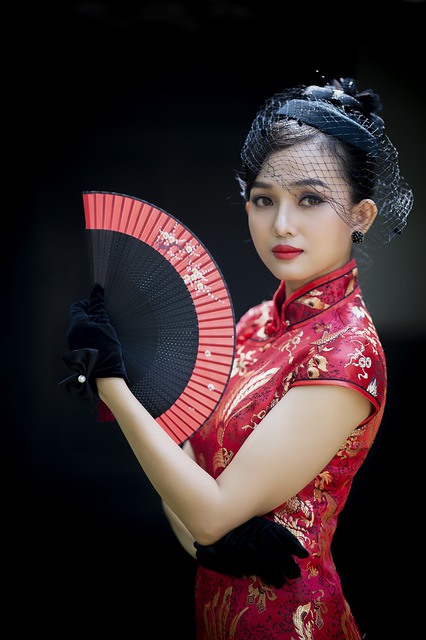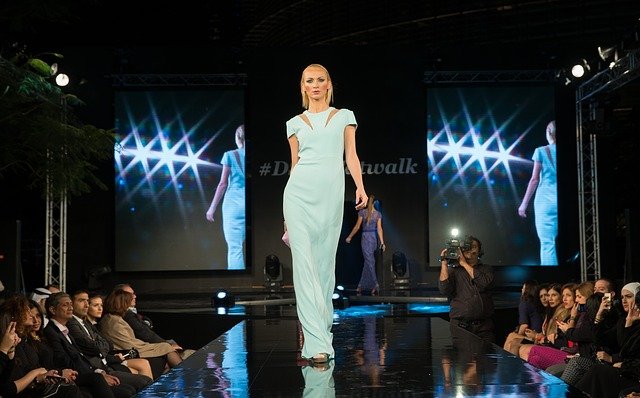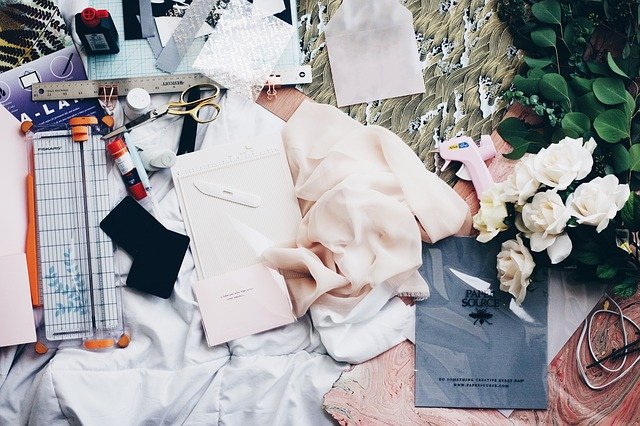The Chinese cheongsam, also known as the qipao or mandarin dress, is a high-necked one-piece garment with tight sleeves and an ankle-length skirt. The modern design of this dress emerged in the 1920s for fashionable women. It was worn without undergarments and with a small jacket on top, which created a form-fitting silhouette that accentuated curves. This style went through periods of being considered risqué to becoming more accepted within mainstream fashion before it was banned by Mao Zedong during the Cultural Revolution, from 1966–1976.

How is it made?
The cheongsam is traditionally made from silk and cotton. It can also be found in more expensive fabrics, such as satin or taffeta. The most common style of the dress has front buttons with a mandarin collar that typically stands up high around the neckline for modesty reasons. Originally intended to be worn without undergarments, the dress was designed to fit snugly against the body. The tight sleeves were cut at a point just below the elbow and then flared out before reaching their end length.
What is it for?
The cheongsam’s primary function has always been as an item of fashionable clothing in China, but over time its role has evolved into what some have called “national costume”. They are now considered acceptable business attire or formal wear among Chinese women.
What are the differences between Cheongsam and Qipao?
There is a significant difference in the length and silhouette of cheongsams and qipaos. Cheongsam are most often ankle-length dresses, while qipaos usually fall to at least mid calf or have slits on either side that extend to below the knee. The sleeves on cheongsam tend to be tighter than those found on qipaos and they are also usually more fitted than qipao sleeves. The collar on the cheongsam is almost always high, while the collars of qipaos vary in height from one another.
The traditional Chinese cheongsam was originally a loose dress without undergarments that revealed an outline of woman’s figure, but now it has been modified to fit closer with underwear and other fashion trends. It can be worn as streetwear or at formal occasions like graduation ceremonies for women who want to express their national identity through this outfit.


